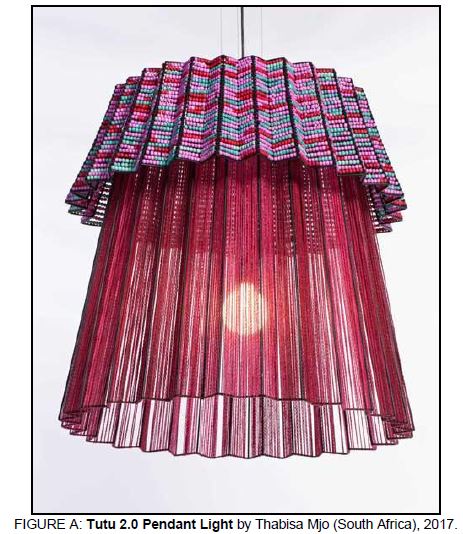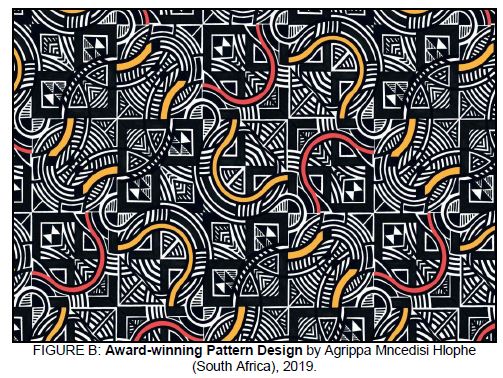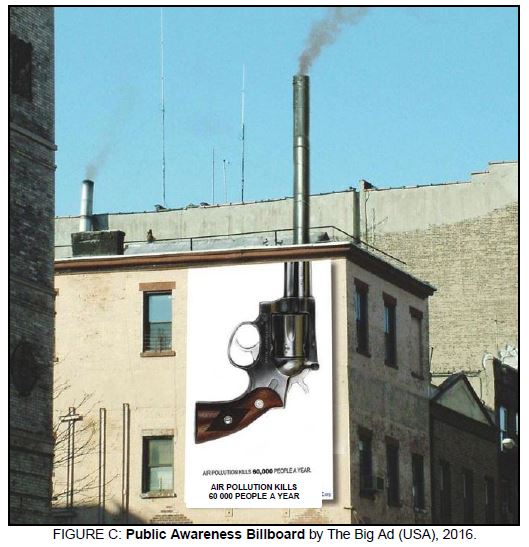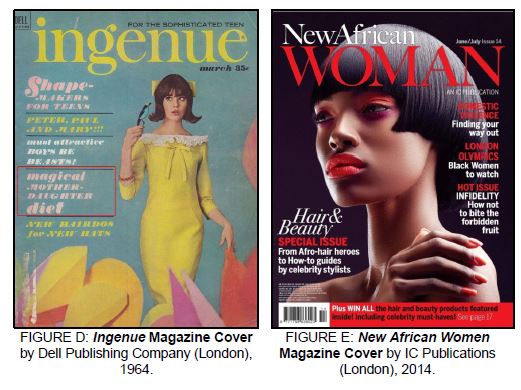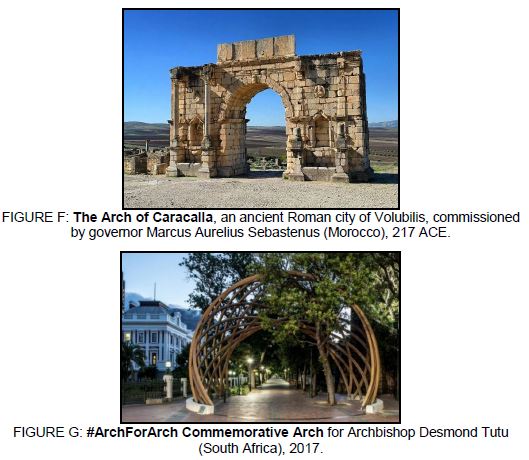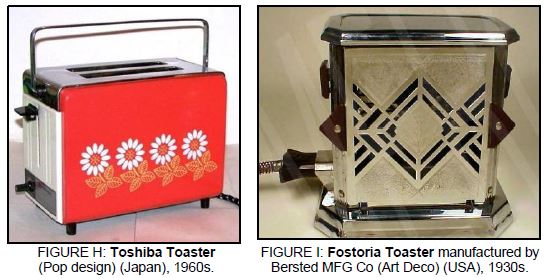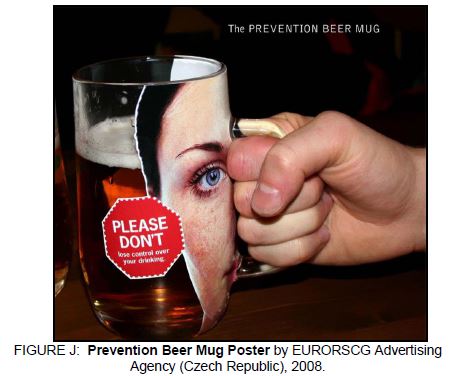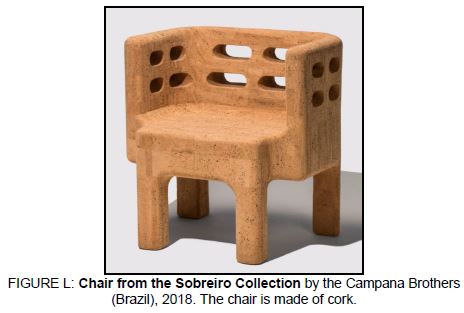DESIGN PAPER 1 GRADE 12 QUESTIONS - NSC PAST PAPERS AND MEMOS NOVEMBER 2021
Share via Whatsapp Join our WhatsApp Group Join our Telegram GroupINSTRUCTIONS AND INFORMATION
- This question paper consists of SIX questions.
- There are three choice questions in this question paper. Read the options carefully.
- This question paper consists of THREE sections:
SECTION A: Design literacy (30 marks)
QUESTIONS 1 to 3
SECTION B: Design history (30 marks)
QUESTION 4
SECTION C: Design in a sociocultural/environmental and sustainable context (40 marks)
QUESTIONS 5 and 6 - Read the requirements of each question carefully.
- Answer in full sentences and avoid the listing of facts. Do NOT answer in tabular form.
- Use the mark allocation to determine the time to be spent on each question.
- Do NOT repeat the same facts and examples in different questions.
- Write neatly and legibly.
SECTION A: DESIGN LITERACY
QUESTION 1: 'UNSEEN' EXAMPLES
Answer EITHER QUESTION 1.1 OR QUESTION 1.2.
1.1 FIGURE A: Tutu 2.0 Pendant Light by Thabisa Mjo (South Africa), 2017.
1.1.1 Analyse the use of the following elements and principles in FIGURE A above:
- Form
- Texture
- Balance
- Rhythm (4 x 2) (8)
1.1.2 Discuss the possible inspiration for FIGURE A above. (2)
[10]
1.2
1.2.1 Analyse the use of the following elements and principles in FIGURE B above:
- Line
- Colour
- Unity
- Pattern (4 x 2) (8)
1.2.2 Discuss the term afro-contemporary in relation to its use in FIGURE B above. (2)
[10]
QUESTION 2: COMMUNICATION THROUGH DESIGN
2.1
Briefly discuss how the billboard in FIGURE C above conveys its message by referring to the use of symbolism and scale. (4)
2.2
Compare the magazine cover in FIGURE D with the magazine cover in FIGURE E.
Refer to the following in your comparison:
- Colour scheme
- Focal point(s)
- Use of typography (3 x 2) (6)
[10]
QUESTION 3: ARCHITECTURE
Write an essay (at least ONE page) in which you compare the ancient Roman Arch in Volubilis, Morocco in FIGURE F with the contemporary #ArchForArch for Archbishop Tutu in FIGURE G.
OR
Write an essay (at least ONE page) in which you compare any Classical building/structure with any contemporary building/structure (that you have studied).
OR
Write an essay (at least ONE page) in which you compare any Classical building/structure with any Indigenous Knowledge System building/structure (that you have studied).
Refer to the following in your essay:
- Influences
- Materials
- Significance of the site
- Construction/Technology
- Function (5 x 2)
[10]
TOTAL SECTION A: 30
SECTION B: DESIGN HISTORY
QUESTION 4
4.1
| Design styles often draw inspiration from their predecessors (previous movements) or react against them. |
Select TWO movements from the list below and write TWO separate essays (ONE page each) in which you explain how the one movement rejects the principles of its predecessors and how the other movement draws inspiration from its predecessors.
In your essays refer to the aims, influences and characteristics of the movements that you have selected to support your argument. Also include a discussion of ONE design and designer of your selected movements.
- Arts and Crafts
- Art Nouveau
- De Stijl
- Bauhaus
- Modernism
- Scandinavian
- Postmodernism
- Deconstructivism
(20)
4.2
Write an essay (at least ONE page) in which you compare the toaster in FIGURE H with the toaster in FIGURE I above. Explain how these toasters are typical of the movements they fall under.
Refer to the following in your essay:
- Influences
- Aims
- Colour
- Form
- Line (5 x 2)
(10)
TOTAL SECTION B: 30
SECTION C: DESIGN IN A SOCIOCULTURAL/ENVIRONMENTAL AND SUSTAINABLE CONTEXT
QUESTION 5
Answer EITHER QUESTION 5.1 OR QUESTION 5.2.
5.1
5.1.1 Discuss how the message of the poster campaign in FIGURE J above is communicated by referring to the designer's use of layout and symbolism. (4)
5.1.2 Write TWO separate essays (at least ONE page each) in which you discuss the social conscious work of ONE South African contemporary designer/design group AND ONE international contemporary designer/design group.
Refer to the following in your discussion:
- The name of the designer or design group
- The general aims and characteristics of the designer, explaining how sociocultural concerns are addressed. Analyse ONE example to support your statements.
You may NOT refer to any designers/design groups that you have discussed previously or design examples used in this question paper. (16)
[20]
OR
5.2
5.2.1 Explain the importance of incorporating traditional techniques into the manufacturing of contemporary products by referring to the design in FIGURE K above. (2)
5.2.2 Discuss ONE indigenous traditional craft that you have studied this year. In your discussion (at least ONE page), refer to the following:
- A brief discussion of ONE traditional craft, as well as the name of the indigenous cultural community that produced the traditional craft
- The materials, methods and processes used to create the traditional craft
- The social value and function of the craft in its traditional context (8)
5.2.3 Write an essay (at least ONE page) on any ONE contemporary South African or African designer/design group whose designs are inspired by or make use of any one of the traditional South African/ African techniques and/or materials.
Refer to the following in your discussion:
- Name of designer/design group and his/her product(s)
- A detailed description of how traditional techniques/methods and materials have been applied to contemporary design. Refer to specific examples to support your answer.
- The design product's sociocultural contribution.
You may NOT refer to any designer/design group that you discussed previously or design examples that appear in this question paper. (10)
[20]
QUESTION 6
6.1
(Cork is a material that is derived from the bark of a cork oak tree. The bark is stripped from the tree, which is never cut down, to harvest the cork. Cork is environmentally friendly, waterproof and buoyant.)
6.1.1 Why is the use of sustainable and recyclable materials important for contemporary design practice? Refer to the chair in FIGURE L to discuss your answer. (2)
6.1.2 Name and describe ONE other sustainable material used in the creation of design products and explain why this material does not negatively impact the environment. (2)
6.2 Write TWO separate essays (at least ONE page each) in which you name and discuss the works of ONE South African contemporary designer/design group AND ONE international contemporary designer/design group whose designs focus on environmental concerns.
Refer to the following in your discussion:
- Name of the designer/design group and his/her design product(s)
- The aims, design processes, techniques and materials used by the above designer/design group. Discuss ONE design example to explain how the designer/design group addresses environmental concerns.
You may NOT refer to any designers/design groups that you have discussed previously or design examples used in this question paper. (16)
[20]
TOTAL SECTION C: 40
GRAND TOTAL: 100
